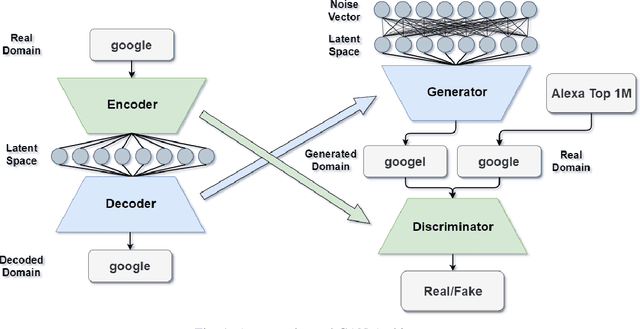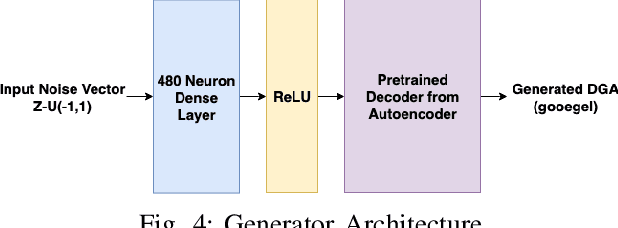DomainGAN: Generating Adversarial Examples to Attack Domain Generation Algorithm Classifiers
Paper and Code
Nov 18, 2019



Domain Generation Algorithms (DGAs) are frequently used to generate numerous domains for use by botnets. These domains are often utilized as rendezvous points for servers that malware has command and control over. There are many algorithms that are used to generate domains, however many of these algorithms are simplistic and easily detected by traditional machine learning techniques. In this paper, three variants of Generative Adversarial Networks (GANs) are optimized to generate domains which have similar characteristics of benign domains, resulting in domains which greatly evade several state-of-the-art deep learning based DGA classifiers. We additionally provide a detailed analysis into offensive usability for each variant with respect to repeated and existing domain collisions. Finally, we fine-tune the state-of-the-art DGA classifiers by adding GAN generated samples to their original training datasets and analyze the changes in performance. Our results conclude that GAN based DGAs are superior in evading DGA classifiers in comparison to traditional DGAs, and of the variants, the Wasserstein GAN with Gradient Penalty (WGANGP) is the highest performing DGA for uses both offensively and defensively.
 Add to Chrome
Add to Chrome Add to Firefox
Add to Firefox Add to Edge
Add to Edge